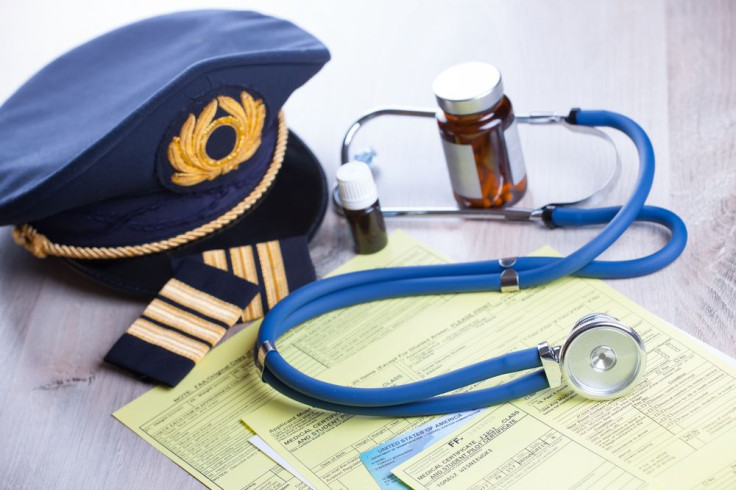Pilots Who Died From Plane Crashes Often Under The Influence Of Impairing Medication Or Illicit Drugs

Pilot impairment has been cited as a cause or contributing factor in around three percent of all fatal aircraft accidents since 1990. A recent study conducted by the National Transportation Safety Board (NTSB) has revealed that the amount pilots who have died in crashes while under the influence of potentially impairing medications or illicit drugs has doubled between 1990 and 2012.
"I think that the key take-away from this study for every pilot is to think twice about the medications you're taking and how they might affect your flying," NTSB Acting Chairman Christopher A. Hart said in a statement. "Many over-the-counter and prescription drugs have the potential to impair performance, so pilots must be vigilant to ensure that their abilities are in no way compromised before taking to the skies."
Researchers from the NTSB gathered results of toxicology reports from 6,677 pilots who died in aircraft accidents between 1990 and 2012. Over the course of the 20-year period, the amount of pilots who tested positive for potentially impairing medication doubled from 11 percent in 1990 to 23 percent in 2012. Although the prevalence of pilots who tested positive for illicit drugs was also close to double the amount compared to 20 years ago, this was a small proportion at 2.4 percent in 1990 to four percent in 2012.
Among the potentially impairing medications found in the toxicology reports, the sedating antihistamine, diphenhydramine, was the most common. Diphenhydramine is often found in cold and allergy medications in addition to sleep aids. Addressing the small but noticeable increase in illicit drug use, the research team said it was mainly due to the increase in marijuana use from 1990 to 2012. Pilots’ use of alcohol was not covered by the study.
Over 95 percent of the crashes included in the study were in general aviation, meaning private planes as opposed to commercial airlines. According to the NTSB, the Federal Aviation Administration does not provide pilots with information highlighting which drugs are safe and unsafe for use during flight. NTSB researchers also pointed out “a gap in the Federal Aviation Administration’s policies regarding marijuana that may lead to confusion about the agency’s position on marijuana use by pilots not subject to mandatory U.S. Department of Transportation drug and alcohol testing requirements.”
Published by Medicaldaily.com



























